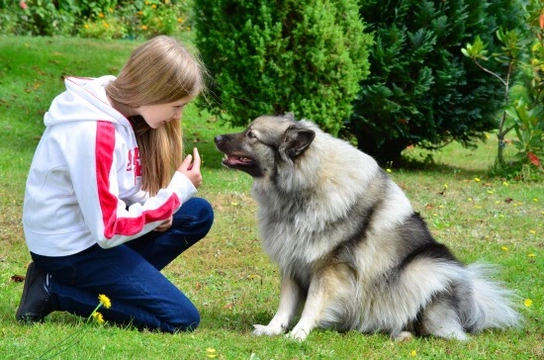Pets
Pets for studWanted petsBreedersAccessories & services
Knowledge hub
Support
Support & safety portal
How to assert yourself with dogs and retain the role of boss!
Every dog or puppy owner knows that it is vitally important that you rule the roost, and not the dog or puppy! However, this can be easier said than done, and if your dog or puppy begins the process of making themselves the boss and stops respecting you, this can be really difficult to correct.
Dog ownership should not be an ongoing fight for dominance, and it is entirely possible to be firm, clear and in charge of your dog without having to deal with them aggressively or get into a power struggle with them. Read on for our tips on how to assert yourself with your dog or puppy.
Stay calm
The first step to remember in any dog or puppy management endeavour is to keep your calm, and never blow your top with your dog. Even if your dog is driving you to distraction and being wilfully naughty or disobedient, yelling at your dog or throwing a tantrum of your own may make you feel better, but it will do absolutely nothing for your dog! It will not teach them anything, they will not know how to interpret your behaviour, and you will be back to where you started in terms of maintaining control.
Learn about hidden dominance cues
There are various obvious ways in which a dog will demonstrate an attempt for dominance, such as snapping at you, pushing themselves in when you are eating, and generally letting you know that they are number one and you are number two. But there are also several other much more subtle ways in which your dog might show that they do not respect you as much as they should, and it is important to identify these. Your dog should walk to heel or behind you when out on the lead, not in front of you. Your dog should sit and sleep where they are told to, and should not fight you for space on the sofa or bed. They should move automatically when told to, and not make a fuss or growl when you try to move them.
They should also always look to you for direction and give you right of way; barging past you, being underfoot or pushing into you are all rude canine behaviours!
Positive reinforcement
The key to compliance when training and managing your dog comes from building up positive associations in their minds with good behaviour, and that bad behaviour gets them nowhere. Keep treats to hand, and use other rewards as well, such as affection, a favourite toy, or the chance to play. Take your time to teach your dog that pushy behaviour will get them nowhere, and does not provide a reward; while compliance and yielding to you means that something good will come at the end of it.
Be consistent
Consistency is vitally important when managing a dog, so you must establish a routine and a regime for your dog to follow. Do not give up or yield to your dog in a certain situation, and then expect them to comply with your wishes in the same situation another time. Every time that you let your dog get away with something that you are trying to stop them doing, you go back to square one and have to begin all over again with training your dog and gaining their respect. Even if you appear to be getting nowhere, your behaviour should be consistent and your dog’s behaviour should be the element that changes over time, otherwise your dog is training you and not the other way around!
Be firm but fair
It can be difficult for even experienced dog owners to know how to deal with an issue or assert themselves with a dog without either going overboard, or not committing fully to the process. While you can graduate your tone of voice to express displeasure, starting with a spoken word such as “leave it!” and then speaking more loudly and sharply if your dog does not comply, yelling at your dog or smacking them will get you nowhere in the long term.
One key to obedience and getting your dog to do what you want them to do is of course getting their attention, so allocate a training word such as your dog’s name, and teach them that when you say it, they should look to you for further instructions.
In power-plays and disagreements over who is the boss, eye contact is important as well. It is unwise to stare a dog in the face at close range, as this is considered by dogs to be a dominant and aggressive behaviour, which may result in a bite. However, make eye contact with your dog from a safe distance, hold their gaze, and make sure that your dog is the first to look away, a sign of yielding dominance.



